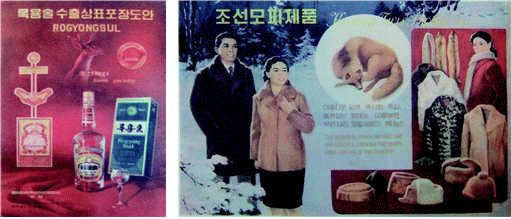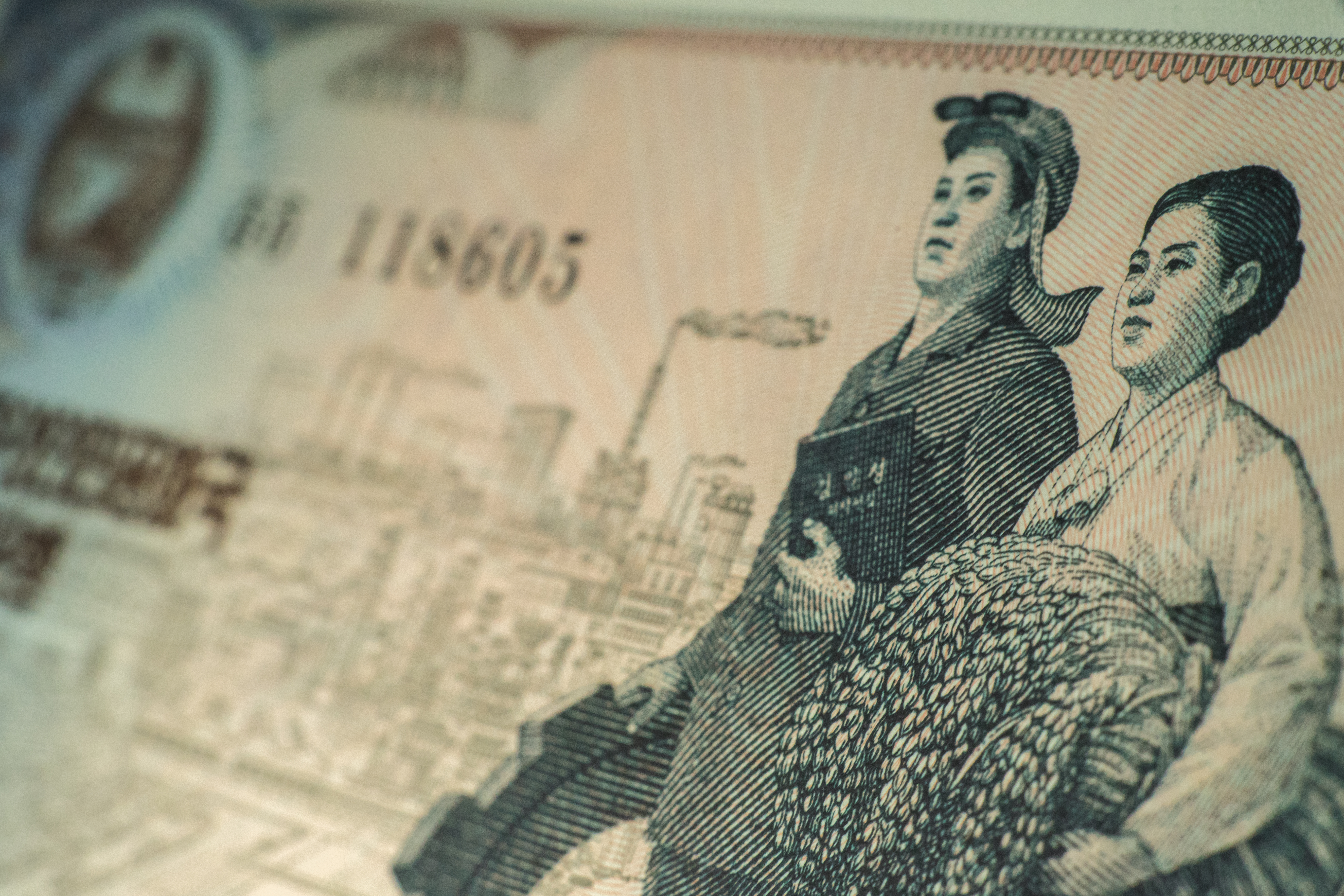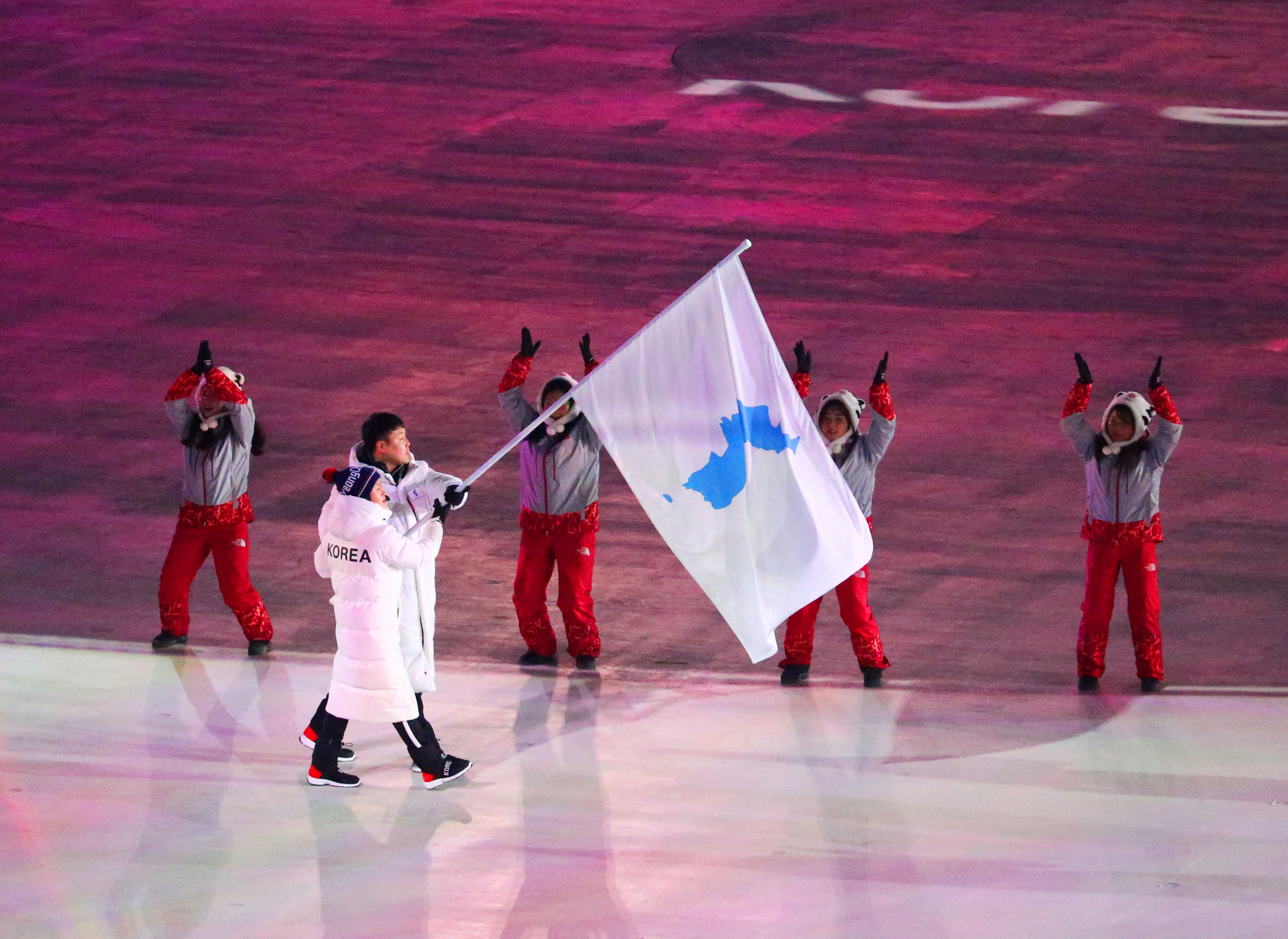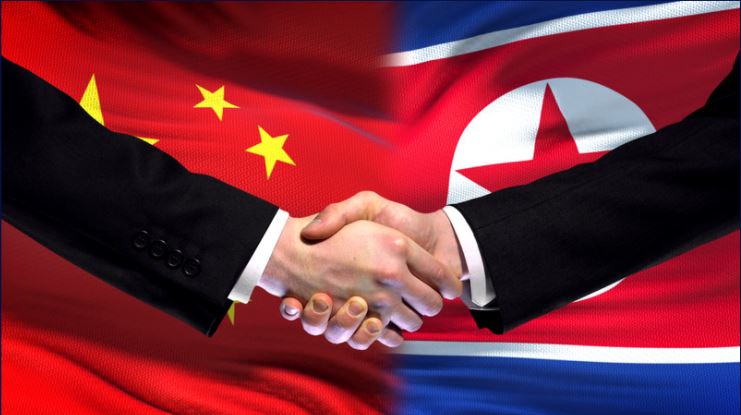Smartphone app design, solar-powered sports car design, logos on cruise ships, stylish hospitality uniforms, an educational robot with character design, and the bottle design for Taedonggang Beer.
Industrial designs recently introduced through North Korean media are a surprising phenomenon to outsiders. This is because these designs, manifest of cultural openness, go beyond the “noble aesthetics of the nation’s unique form” emphasized in Juche (self-reliance) art and the North Korean society that values “production and dissemination rather than consumption” under the socialist centrally planned economy system.
“Design,” which has become a familiar loanword in South Korea, is referred to as “industrial art (産業美術)” in North Korea. The term “Doan” (Korean word for design), in addition to the term “industrial art” is often used in the North Korean newspaper Rodong Sinmun or the arts magazine Joson Art. North Korea's “Industrial Doan Act ” and “Trademark Act,” which are similar to the Design Protection Act, mainly refer to “Doan” in their articles, and the term is easily found in the Unabridged Dictionary for Joson Language [Josonmal Daesajon] (2017) and art textbooks. “Doan” in its current form in North Korea refers to “design in the modern sense” and is slightly different from “Doan (圖案)” used in traditional literature. In North Korea, “Doan is used to define designs in which the size, shape, color, and typographic decorations of products to be produced or installed in the future are drawn on paper. ” In particular, industrial “doan” are closely related to science and technology, as they must also consider the technology used in production. Kim Jong Un, who aims to build an advanced economy based on scientific and technological development, visited an industrial art exhibition in the early years of his administration in 2012 and began to promote North Korean design both internally and externally. He calls it an “advance guard (chokhudae)” that could lead to economic development.
The history of North Korean industrial art stems from times prior to the Korean War; the progress of its development is recorded in Joson Art History (2) . Traces of “doan” were first introduced in North Korean art history when national symbols (national flags, national coat of arms, organization logos, badges, flags, medals, stamps, etc.) were created after the establishment of the socialist state. Records show that industrial artists worked under the Light Industry Management Bureau of the Ministry of Industry beginning in September 1948, the year marking the second One-Year Plan. It is known that industrial artists started to work in earnest in state-run facilities during the post-war restoration period. North Korea first tasked these artists within the light and machinery industries. It then began to take an interest in commercial art (trademarks, packaging, exhibitions, commercial advertisements, etc.) in the 1960s when economic development was in full swing. The “Doan” Department of the Pyongyang University of Fine Arts was established as an independent department in 1961 and began to foster experts in industrial art. The first generation of designers were in charge of creating “doan” for the main tasks of the Party after the Industrial Art Subcommittee became independent and separate from the Joson Art Alliance in 1964.

Left: Park Chae-wook's “Design of the 3-axis trolley bus, Cheonrima-925”, Joson Art (April 1964). This design received attention from Kim Il Sung; it is an important barometer of the level of the machinery industry in the 1960s.
Right: Economic Propaganda created in the early 1970s, “Let's Produce More, Better, and Cheaper Iron Products!,” Joson Art (August 1970). As North Korean advertisements emphasize realism and intuitive description, this work is a valuable resource for design research. This painting displays the form of home appliances such as iron refrigerators, washing machines, stoves, gas stoves, and rice cookers produced in North Korea at the time.
Industrial art, which is closely related to North Korea's economic conditions, has been assessed to have increased the value of exported products in the cycle of demand, production, and development. The field of industrial art expanded rapidly in the 1970s and 1980s. North Korea’s major buyers were the Soviet Union and the Eastern Bloc. Upon the arrival of the détente era in the early 1970s, North Korea tried to expand its number of trading partners to the Western world. “Doan” artists designed trademarks and packaging with Korean and English labels to meet international labeling standards. Additionally, it adopted the “Equity Joint Venture Law” in September 1984 as a measure to partially open up its self-reliant economy, took measures to promote trade, and exhibited designs for its exported products at the 1st National Industrial Art Exhibition that year. In the 1980s, the field of industrial art coincided with the promotion of exports and consumer goods production and the 13th World Festival of Youth and Students in Pyongyang. Along this line, industrial artists worked hard to produce a large number of designs pertaining to the modernization of streets and the decoration of cultural and sports facilities, apartments, and service facilities. The “doans” in the 1980s are reflective of the fact that industrial artists contributed in various fields, such as fur clothing, machine tools, agricultural machinery, alcoholic beverages, trademarks, and packaging of ginseng products for exports, along with street and interior design.

Left: A work jointly designed by Kim Dal-moon and Ko Kwan-woo of the Industrial Art Research Institute of the South Pyongan Province Administrative Committee, “Trademark and Packaging Design for Deer Antler Whisky”, Joson Art (August 1979). This work was released at the National Industrial Art Exhibition held in 1979 and won the 3rd prize.
Right: Commercial advertisement designed by Baek Rak-do, the first generation of North Korean industrial artists who received design education at Pyongyang Art College, “Joson Fur Products”, Joson Art (August 1979). After graduating from Pyongyang University of Fine Arts, he worked as an architectural artist at the Pyongyang Urban Design Agency and the Mansudae Art Studio, in charge of interior and exterior design of major buildings in Pyongyang. He was also an industrial artist who was responsible for designs for major tasks of the Party, ranging from trademarks to advertising designs.
There are several studios related to industrial arts in North Korea, but due to policies that prioritize the heavy industry, art studios under the Ministry of Machine-building Industry and the Ministry of Light Industry had been highly reputed. However, into the 1990s, activities of industrial artists decreased due to disruptions in trade following the collapse of socialist countries in Eastern Europe. Upon the Arduous March, designs of the People's Army Art Studio have been introduced. This phenomenon continued until the 2000s. During the Kim Jong Il regime’s Military-first period, the rapid strides of the People's Army Art Studio have been a unique feature of North Korea's military-centered design, which is different from other socialist countries.
A commonality between socialist countries such as the Soviet Union and North Korea is that design is used as a means to promote economic growth, endorse political propaganda, increase military power, and boost pride in cultural superiority at the national level. Such features are consistent with the John Heskett’s “role of design in politics.” Rather than generating profits through aesthetic production, which is the basic role of design, the field of design in North Korea aims to promote the superiority of socialist material culture, improve the people’s life, and prioritize the development of the national defense industry that leads the manufacturing sector. Having undergone adverse economic conditions in the 1990s, North Korea briefly promoted practical policies such as inter-Korean economic cooperation and foreign investment to overcome the situation. There were also voices calling for the globalization of the design industry. However, North Korea’s industrial designers have never deviated from the frame of “our-style” design that fits the national form, socialist morality, and North Korean lifestyle.
Among scholars who study North Korea, some have inquired on how we can explain the introduction of brands and products similar to those abroad in North Korea after watching advertisements exhibited at the National Industrial Art Exhibition held in Pyongyang every year since 2012. I think that foreign products sold at jangmadang serves as one factor that influenced the designs, but the root cause lies in the lack of awareness in intellectual property rights and limited access to accurate information on design. Fortunately, North Korea has recently opened and is operating a website called “Chokhudae,” which allows for the search of information on industrial designs and award-winning works through an intranet. This website is known to be operated by the Joson Industrial Art Information Department under the Central Industrial Art Guidance Bureau, a key administrative organization located in the National Industrial Art Center (National Design Center). In addition, the North Korean Industrial Art and Technology Joint Venture launched “Myungan,” a mobile application, which speeds up the dissemination of design and general public’s search. The development of the mobile application reflects the increasing demand for industrial art in the North Korean society.
In North Korea, the demand for public designs required by the state and the Party are prioritized. Therefore, in comparison to a free market economy, its design sector has structural limitations that inhibit the growth with voluntary dynamism. However, a recent article shows that North Korea is creating designs not only for scientific equipment and machinery, but also for the service sector and businesses amidst the border closure due to COVID-19 and UN sanctions. This seems to be possible because of the “collectivist system for design” that develops, registers, and controls the designs under one centralized organization at the national level.
North Korea has a 70-year history of design, which has progressed in a trajectory different from that of South Korea since liberation. I cautiously predict that “design that prioritizes ideology,” in which ideology determines the brand, font, shape, and color of products, will continue as long as the North Korean regime persists, although inter-Korean economic cooperation and external exchanges are to become more active in the future.■
[1] “The Industrial Doan Act” was subordinated to the “Quality Supervision Act” enacted in 1997. It was later independently adopted as Decision No. 117 by the Standing Committee of the Supreme People's Assembly on June 3, 1998. Since then, it has been revised four times in 1999, 2005 and 2011.
[2] Social Science Publisher’s Edition (2017). The Unabridged Dictionary for Joson Language: Supplemental Edition, Pyongyang: Social Science Publisher.
[3] Park, Cheol-ryong (Ph.D., Researcher and Associate Professor at Pyongyang University of Fine Arts). “Industrial Art and Its Characteristics,” Rodong Sinmun, November 13, 2013.
[4] Kim, Soon-young, Cheol Ri, Im-chul Ri, Hyeon-jong Park, In-gyu Jo, In-bok Ham, and Eui-jeong Hong. Joson Art History (2), Pyongyang: Science Encyclopedia Publisher, 1990. *This book summarizes the development of North Korean arts (painting, sculpture, craft, industrial art, etc.) made upon liberation until the late 1980s and describes the ideology and creation theory of North Korean art, major works, and changes in art education policy.
[5] John Heskett. The History of Industrial Design, trans. Jeong Moo-Hwan, Seoul: Sigongsa Co., 2004, p.10.
[6] “Today and Tomorrow Viewed through the Website,” Rodong Sinmun, June 27, 2020.
[7] “Industrial doan on various themes reflecting the trend of the times are produced”, Rodong Sinmun, May 10, 2021.
■ Hee Sun Choi is an adjunct professor in the Department of Design at Chung-Ang University Graduate School of Arts. Her research experience in North Korean industrial design traces back to 2011, in which she was funded by the Ministry of Knowledge Economy and the Korea Institute of Design Promotion. She earned her Ph.D. at Seoul National University in 2015, with her thesis “Conception for Design Policy in the Process of Unification of South and North Korea.” In the same year she was selected as an up-and-coming researcher by the Ministry of Unification and published a paper titled “Comparison of Design Introduced to the Media During Kim Jong Il and Kim Jong Un's reign.” Her recent publications include Volume I and II of North Korean Industrial Art as Design: 1945-1999, 2000-2018.
■ Typeset by Seung Yeon Lee Research Assistant
For inquiries: 02 2277 1683 (ext. 205) | slee@eai.or.kr







